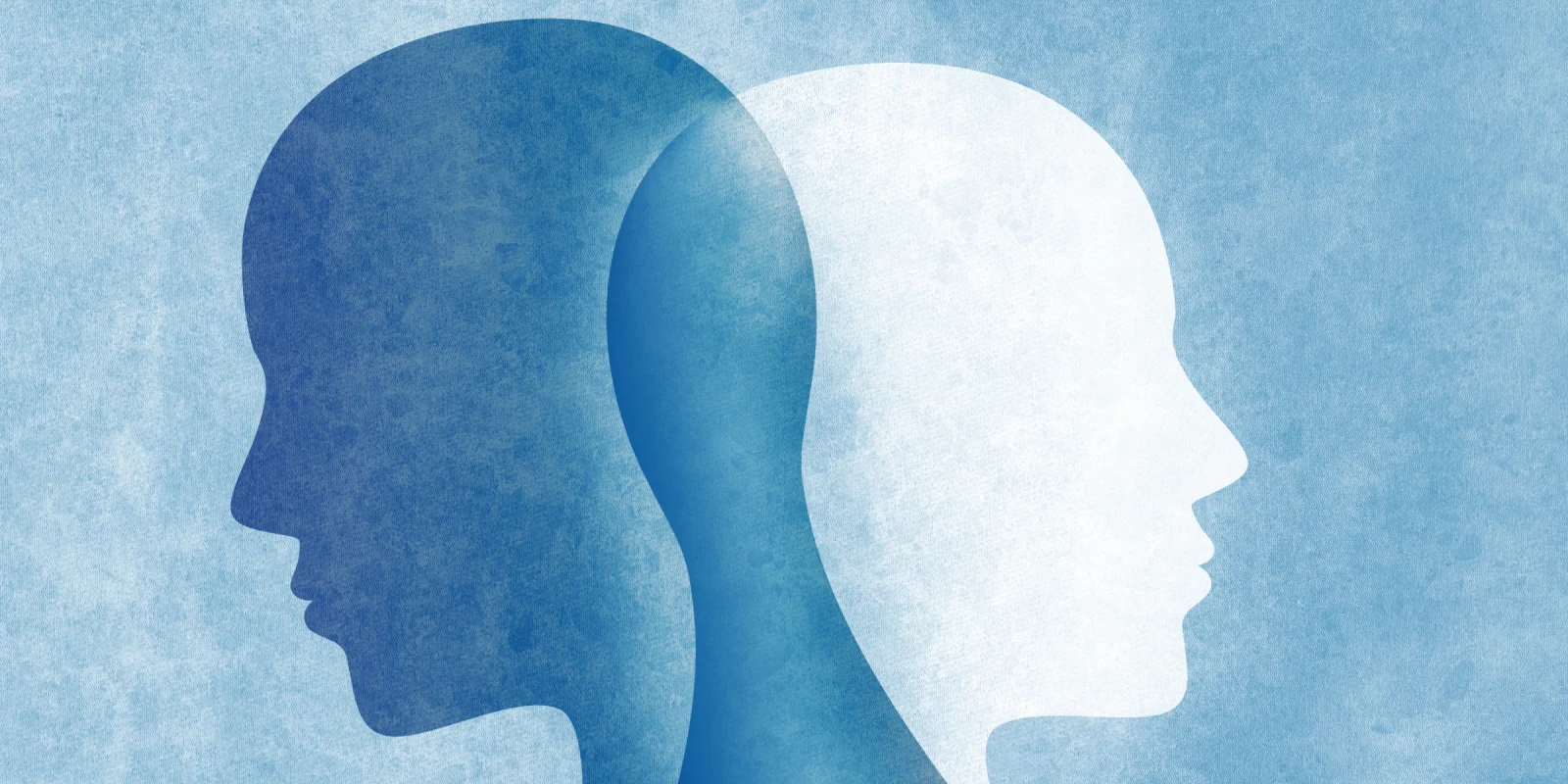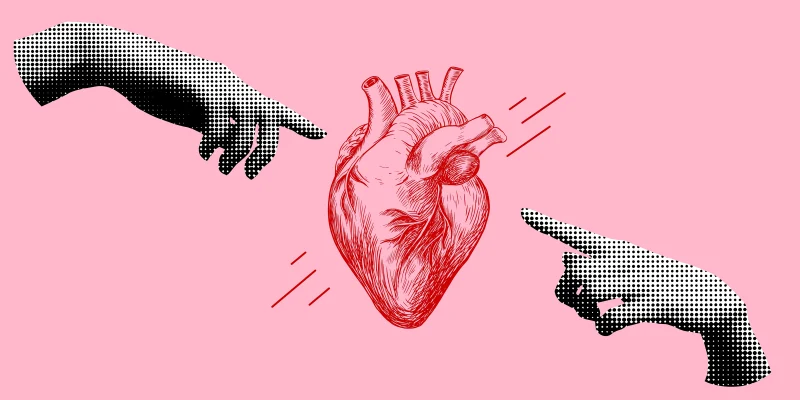I’ve found that being a doctor means you have to get used to doing and talking about a lot of uncomfortable things. Sometimes these are matters that are unpleasant but not too hard to talk about (color and consistency of diarrhea), personal but broachable (sexual activity), or have associated stigma which may require building rapport and trust (drug use). But there are some topics that have a whole other level of depth and weight, even beyond issues such as stigma or bias.
I’m a psychiatrist. In all fields of medicine, it is important to build rapport with patients, understand what the world is like when standing in their shoes, and understand the biological, psychological, and social factors that affect their lives. As a psychiatrist, this is critical for me — even more so when working with patients in therapy for multiple reasons. Understanding the patient’s experience in a very nuanced way, and the way the patient perceives you, the doctor, can play a big role in their willingness to be open in treatment. I believe that means it is also critical to talk about the heaviest, most difficult topics with patients. In today’s society, some of those topics include race, socioeconomic status, and privilege.
The DSM defines race as “a social, not a biological, construct that divides humanity into groups based on a variety of superficial physical traits … that have been falsely viewed as indicating attributes and capacities assumed to be inherent to the group … and has been used to justify systems of oppression, slavery, and genocide. The construct of race is important for psychiatry because it can lead to racial ideologies, racism, discrimination, and social oppression and exclusion, which have strong negative effects on mental health.”
I am a white woman. If I tallied up all the patients I’ve ever treated, Black people would be by far the biggest racial group, followed by probably a tie between Latinx and white people. Many of my patients experience individual and systemic racism that I do not.
I have the privilege of having “superficial physical traits” as described above by the DSM that offer advantage, while traits that might offer disadvantage are more well-hidden. I am also highly educated. Many of my patients are not. And many of my patients have experienced more lifetime adverse childhood experiences than I. They may be experiencing housing instability, economic instability, lack of access to education, or lack of access to food, which I am not.
Of course, all of these differences are not present in every patient I treat. Some patients may have a different socioeconomic status than me. Some may have a different level of education. Some may be of a different race or ethnicity. Some may have multiple of these experiences, and some just one. But whether a patient is experiencing one or more than one of these factors, two important facts remain: 1) I can never fully understand their life experience, and 2) for many of the patients I treat, their therapist (me) is in a position of privilege that they are not. And this differential creates a dynamic that is critical to bring out in the open in order for the patient to benefit the most from therapy — and frankly, to try to heal some of the ills in society.
This is where active listening comes in, which can be easier said than done, especially when as doctors, we are used to taking command of a situation.
One night, as an on-call resident on the psychiatry unit, the nurses called me around 1 a.m. because a patient was yelling in the hallway to let her go home, and the nurse couldn’t calm her down. She was a Black woman, about a foot taller and about 200 pounds heavier than me.
“You have to let me go!” she screamed at me over and over.
“Ma’am,” I tried to say calmly, which is difficult when your instincts are telling you to run away from an enraged person three times your size. “I can’t discharge you. It’s the middle of the night.” I didn’t even get into the fact that she was still very psychiatrically ill and even if it were noon, she still wouldn’t get discharged. This conversation repeated itself a few times — Let me go — I can’t — Let me go — I can’t…
“You don’t know! You don’t know! You don’t know what it’s like! My babies need me! They don’t have anyone else! You’re a white doctor! You don’t know!”
I remember taking a deep breath and starting to protest back — Yes, but you still can’t go home — and then I remember pausing and saying something I hadn’t said before.
“You’re right. I don’t know. I’m not Black. I’m not a single mom. You’re right. I don’t know.”
The way her shoulders dropped and the tension left her body was like watching a balloon suddenly deflate.
“Yeah. You don’t know,” she said, but quietly this time.
I didn’t know what to say next. So, I just didn’t say anything, and we just stood there for a while.
“OK, let’s go back to your room,” I finally said. We walked down the hallway, parted ways, and both went back to our respective beds.
This instance of one acknowledgment in the middle of the night on the inpatient psychiatry unit is very different from the type of in-depth exploration that might be had during a therapy session — but both make an impact in different ways in different circumstances.
I wish I could say I always talk about race, socioeconomic status, privilege, and oppression, and that I’m completely comfortable with it. I am not. But I talk about all of these topics with patients more frequently these days because I see how important they are to understanding what it is like to walk through the world in my patients’ shoes. Even if some of the experiences I hear about are things I know about, that’s not the same as knowing through living those experiences.
Sometimes I open a conversation about race (“I’m just going to be open here — I’m a white female therapist, and you’re a Black teenage male. How is that for you?”) and sometimes the patient says it isn’t a big deal. But sometimes I open a conversation in this way and it opens up whole new areas of therapeutic work as patients start talking about experiences and issues we otherwise never would have broached, but are some of the factors in their lives that make the most impact, influencing everything from daily experiences to life trajectories, from identity to opportunity.
Talking about race, bias, privilege, and socioeconomic status isn’t something that most people find easy. I still mess it up, miss critical opportunities for these conversations, talk too much, and say the wrong things. But in the end, like me, most doctors have very different life circumstances from their patients. Doctors generally have a higher level education and higher income than their patients, and the majority of doctors are white. Which means that in the exam room, along with doctor, patient, examining table, and stethoscope, there are also interracial tensions, privilege, historical injustice, and a whole host of unshared experiences. And in my opinion, those are just as important to examine as hearts and lungs in order to best care for a patient.
Dr. Carolyn Rosinsky is a child/adolescent psychiatry fellow at Children's National Medical Center/George Washington University and completed her general psychiatry residency at University of Maryland/Sheppard Pratt. She is also a professional cellist and maintains an active career performing and teaching. Dr. Rosinsky is a 2021–2022 Doximity Op-Med Fellow.
Image by melitas / GettyImages







